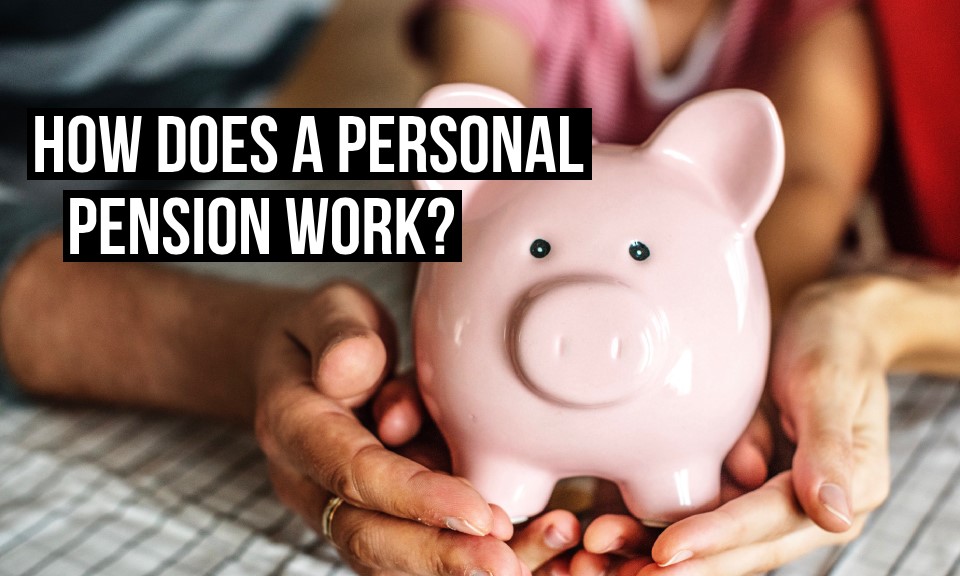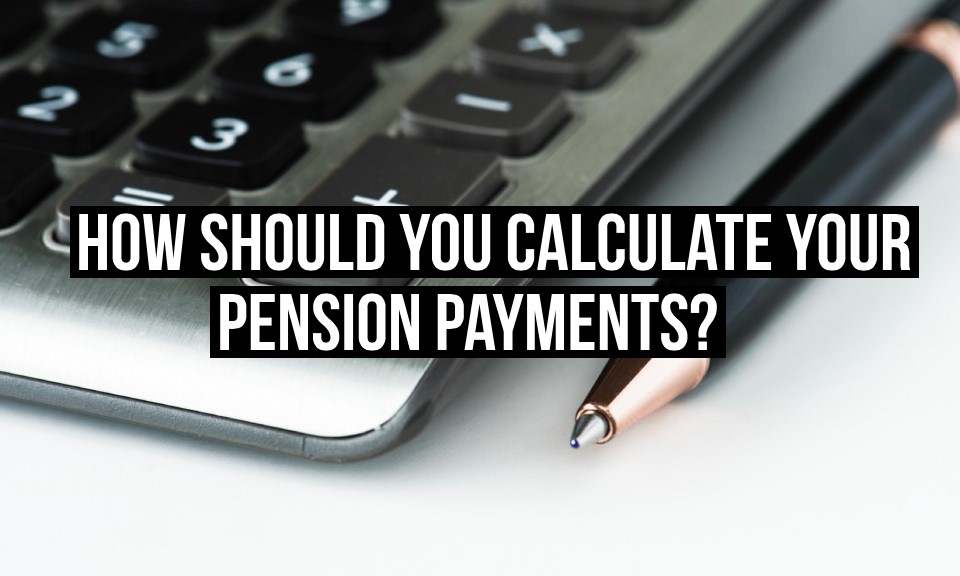How to organise your pension if you’re self-employed
If you’re a sole trader, you’ll have to plan for your retirement. Unlike those who work for somebody else, you’ll not be eligible for a workplace pension and therefore you’ll most likely need to set up a personal pension yourself.
In the following, we explain the different pension options available for the self-employed and ways that you can calculate how much you should be paying into your pension scheme.
Personal pensions - A summary

There are many pensions for self-employed people. It's common to set up a personal pension, also known as a 'private pension', to organise your savings for retirement. With a personal pension, you’re in control of choosing where you want your contributions to be invested from the range of funds that your provider offers. You can make regular contributions or ad hoc payments into your pension pot.
In addition to your contributions, your provider will claim tax relief and add it to your savings. What this means is that the government effectively adds money to your pension. If you’re a basic-rate taxpayer for example, you’ll receive a 25% tax top-up. This means for every £100 you pay into your pension, HMRC will add £25.
The amount of money that you get back when you retire will depend on several things, including:
- how much you’ve paid into your pension pot
- how well your savings perform
- how much you’re required to pay in charges.
Different types of personal pensions
There are three types of personal pension. You can have an ordinary personal pension, which is commonly offered by most pension providers. There are also stakeholder pensions and self-invested personal pensions. There isn't a single best pension scheme for self-employed workers, but these different types of personal pension will appeal differently, depending on how much choice and flexibility you would like.
Ordinary personal pensions
With this type of personal pension, your pension pot builds up according to the contributions you pay in, the investment returns, and tax relief. Before retirement, your pension fund is normally invested in stocks and shares, along with other investments. The hope is that these investments grow the pension pot.
Normally, you can choose from a selection of investment funds that your pension provider offers. Pension providers normally offer a range of investments that specialise in a specific asset or assets. You need to choose a fund that offers the investment strategy you want.
Your pension pot may be invested in a fund that is focused on shares in a European company, or companies. Your money may equally be invested in an array of different assets, for example, a fund that invests in both government bonds and global shares. It’s important to remember the value of these investments may go up or down.
It’s common for people to invest in more than one fund. This is a good way to manage risk and helps to ensure that you see a good return on at least some of your investments.
Stakeholder pensions
A stakeholder pension is a form of a defined contribution pension. The value of the pension at retirement is based on the amount you’ve paid in, and how your investments have performed. Stakeholder pensions have flexible and low minimum contributions and a default investment strategy. It’s possible for anyone to invest in a stakeholder pension and due to the stricter conditions, it can be a good strategy for someone who doesn’t want too much choice.
With a stakeholder pension, it’s still possible to choose how your money is invested, but there is a default investment fund if you do not. If you’re self-employed, the main benefit of a stakeholder pension is that they are flexible and require low minimum contributions. This may suit self-employed workers whose income may vary throughout the year.
Self-invested personal pensions
Self-invested personal pensions (SIPP) work in a similar way to an ordinary personal pension. The difference is that if you have a SIPP, you have more flexibility in your choice of investments; you can make your own investment decisions from a full range of investments that are approved by HMRC.
With wider investment powers, you can choose to invest in a lot of different types of assets including:
- Stocks and shares, including those in the UK and overseas. You can also invest in bonds and other fixed-interest securities.
- Collective investment funds, including unit trusts, investment trusts, Open-Ended Investment Companies, and Exchange-Traded.
You can begin to withdraw your money from your SIPP once you reach 55 (this age is rising to 57 in 2028). You’re free to do this even if you’re still working. 25% of your pension pot can be taken as a tax-free cash withdrawal, and the rest of your withdrawals will be taxed as income.
As explained, the ordinary personal pension tends to offer a range of funds for you to choose from. However, charges can sometimes be high. A stakeholder pension has lower charges, but the amount of choice is significantly reduced. SIPPs’ wider investment choices may therefore make SIPPs an appealing choice, as how well your investments perform, ultimately determines how much you eventually receive as a pension. Greater choice in this sense, may bring greater returns.
Calculating your pension payments

After you’ve chosen your pension plan, you’ve got to decide how much money you want to pay into it. To decide this, you need to consider how much you can afford to pay in, what your prospective returns will be, and whether this is enough to ensure you have the retirement you would like.
A very general rule to help determine how much of your salary you should be paying into your pension is to take the age you’ll start making contributions, and then halve it. This is then the % of your pre-tax salary that you should pay into your pension fund each year until you retire. What this means for example, is that someone who begins to make contributions at the age of 30, should contribute approximately 15% of their salary for the rest of their working life.
Of course, this can be challenging if you’re self-employed. If you’re a freelancer for example, your income may fluctuate throughout the year, and so, it may be a good idea to make ad-hoc payments into your income instead, or as well as minimal regular contributions.
What to consider when deciding how much you should pay in pension contributions
There are many things to consider when deciding how much is the right amount to pay into your pension scheme. You should think about:
- How much you’ve already saved
- How many more years you expect to work for
- Whether you’ll still need to make greater contributions in the future with the rate that you’re saving
- How much you expect your investments to grow between now and your retirement.
Use a pension calculator to track your progress
If you’re unsure about your savings and how your pension pot is doing, it’s a good idea to use a pension calculator to track your progress. Using a pension calculator will allow you to estimate your projected retirement income based on a number of factors, including how much you’re currently paying into your pension and how many years you have left until you expect to retire.
State pension
As well as any personal pension you choose to set up, you should also be eligible for a UK state pension. The State Pension age for both men and women is on the rise, and you can check your eligibility for the state pension with HMRC. With the new State Pension, you can receive up to £175.20 per week. How much you receive is based on your National Insurance record.
Normally, you need to have at least 10 qualifying years on your National Insurance record to get any State Pension in your retirement. With the new State Pension, you’ll only receive the full amount if you have 35 years of paid National Insurance. If you have between 10 and 35 qualifying years of payments, you’ll receive a proportionate amount of the new State Pension.
